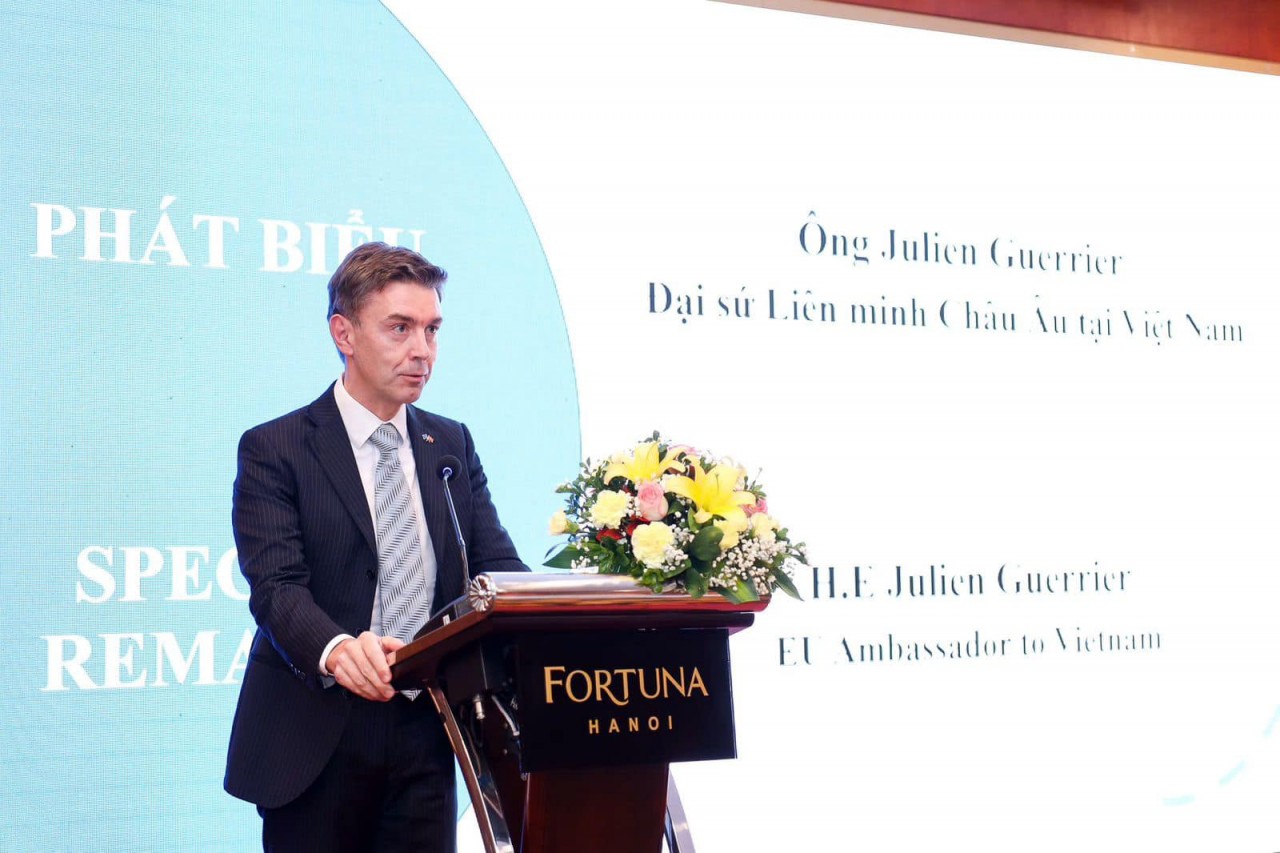Coffee Culture: How People Drink Coffee In Different Countries
If you can't get through the day without a cup of coffee to give you a little boost, you certainly aren't alone: Coffee is the second most popular drink in the entire world, making it one of those things you can enjoy no matter where you are. That said, everyone definitely has their own way of drinking the beverage, whether that's iced, hot, black, or full of sugar and cream—and that's just in the U.S. Other countries have their own unique ways of preparing the stuff, and while you may have tried some, you most likely haven't heard of all of them. Here are all the different ways people drink coffee around the world.
1. Italy: Espresso
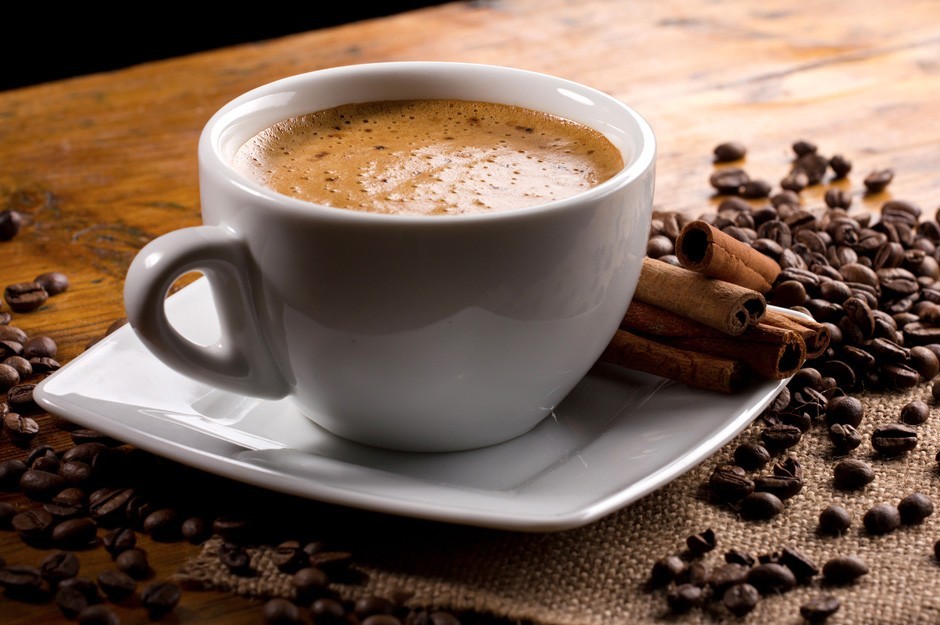 |
| Photo: Getty Images |
The day is defined by coffee rituals: a cappuccino with breakfast, a caffè macchiato – or two – as an afternoon pick-me-up, and espresso after dinner. And like any culture, that of Italian coffee comes with seemingly mysterious laws. Order a latte, and you’ll receive a glass of milk (which is exactly what you ordered). Ask for a to-go cup or order a cappuccino after 11 a.m., and risk an instant tourist label.
Each of Italy’s 20 regions boasts its own unique coffee culture. Espresso may be ubiquitous, but there are many regional twists to the caffè. In the northern Le Marche, enjoy a caffè anisette for an anise-flavored espresso; in southern Sicily, try caffè d’un parrinu, an Arabic-inspired coffee flavored with cloves, cinnamon, and cocoa.
To blend in: Before ordering, research the region for local ingredients – or subtly listen to your fellow coffee drinkers at the cafe!
Over the centuries, Italians have created a variety of alterations to the powerful punch of espresso. Branch out by ordering these at Eataly’s Lavazza.
Caffè macchiato: For the softer side of coffee, enjoy this espresso “marked” with a splash of frothy milk. Unlike the breakfast drinks, this lightly milky caffè can be enjoyed as frequently as caffè normale.
Caffè corretto: Literally translated to “corrected coffee,” this drink features espresso with a splash of alcohol, such as grappa or sambuca.
Caffè americano: After trying drip coffee in the United States, Italians decided to offer tourists a taste of home. Their interpretation: espresso diluted with plenty of hot water.
Caffè lungo: This “long coffee” comprises espresso with a splash of hot water but is stronger than the americano.
2. Turkey: Türk Kahvesi
 |
| Photo: Wikipedia |
Turkish coffee, called türk kahvesi, is a sweet and delicious coffee drink locals love. It's made of very finely ground, unfiltered coffee beans and mixed with sugar right before the water boils to make it sweet. When the fine grounds are made correctly, it produces a frothy foam on top. Turkish coffee is traditionally made in brass or copper pots that are called cezves, and it's something that's meant to be enjoyed with others.
First appearing in the Ottoman Empire, under the strictest interpretations of the Quran the strong coffee was considered a drug and its consumption was forbidden. Due to the immense popularity of the beverage, the sultan eventually lifted this prohibition.
Turkish coffee culture had reached Britain and France by the mid to late 17th century. The first coffee house in Britain was opened by an Ottoman Jew in the mid 17th century. In the 1680s, the Turkish ambassador to France reportedly threw lavish parties for the city's elite where African slaves served coffee to guests in porcelain finjans on gold or silver saucers.
3. Denmark: Kaffee
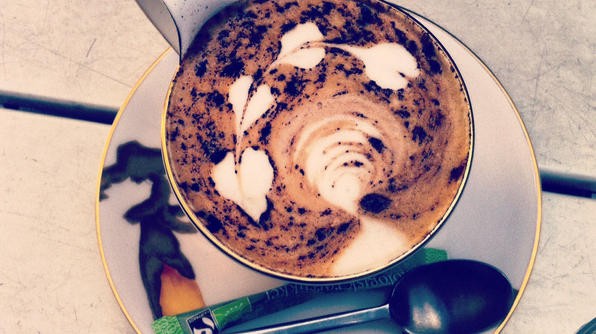 |
| Photo: Getty Images |
The Danish capital is perhaps the most enviable city in Europe – full of beautiful, bike-riding, stylish Danes, and consistently topping Monocle’s quality of life surveys. Copenhagen has also made a name for itself in the culinary and service industry with no less than 16 Michelin star restaurants.
Unsurprisingly, the city is also known for serving some great coffee, courtesy of a talented and tight-knit community of coffee people. Denmark ranks among the top ten coffee drinking nations with an average Dane consuming 1.46 cups of coffee per day. And these people are now putting down the milky lattes and picking up locally roasted, meticulously brewed speciality coffees
Perhaps because of the cold, dark Scandinavian winters, coffee consumption in Denmark has always been some of the highest in the world. Coffee is such a vital part of the Danish culture that packed cafes can be found on nearly every corner, especially in cities such as Copenhagen.
4. France: Café au Lait
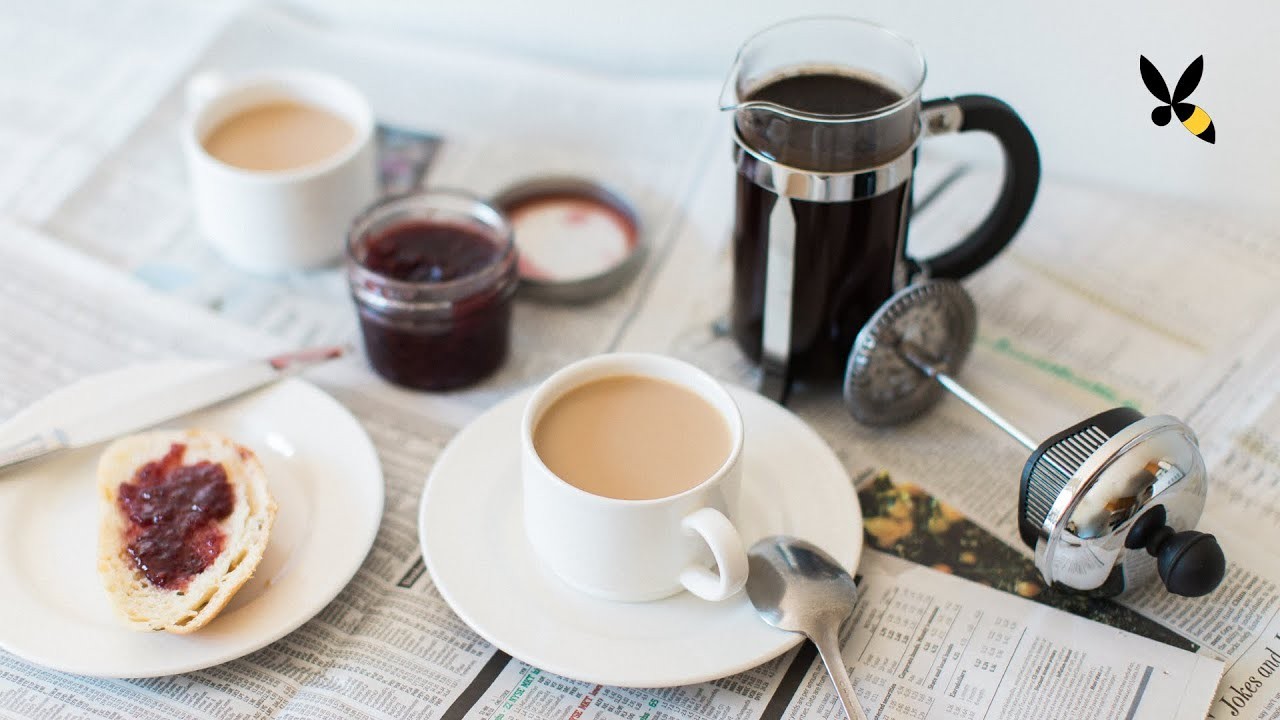 |
| Photo: YouTube |
Café au lait (French for "coffee with milk") is coffee with hot milk added. It differs from white coffee, which is coffee with cold milk or other whiteners added.
Although it is often compared to other European variations, especially the espresso-based Italian caffè latte, this French version of coffee and warmed milk is mostly made with brewed coffee, traditionally using the French press. The ratio of the ingredients also differs, and café au lait will usually have equal amounts of both, and it mostly does not have any foam on top, unlike caffè latte.
The confusion between the two beverages often appears because the terms are interchangeably used in some European countries that do not make a clear distinction between the two types. Also, café au lait can sometimes be made with espresso. Similar variations that combine coffee and milk are enjoyed in most European countries.
5. Cuba: Café Cubano
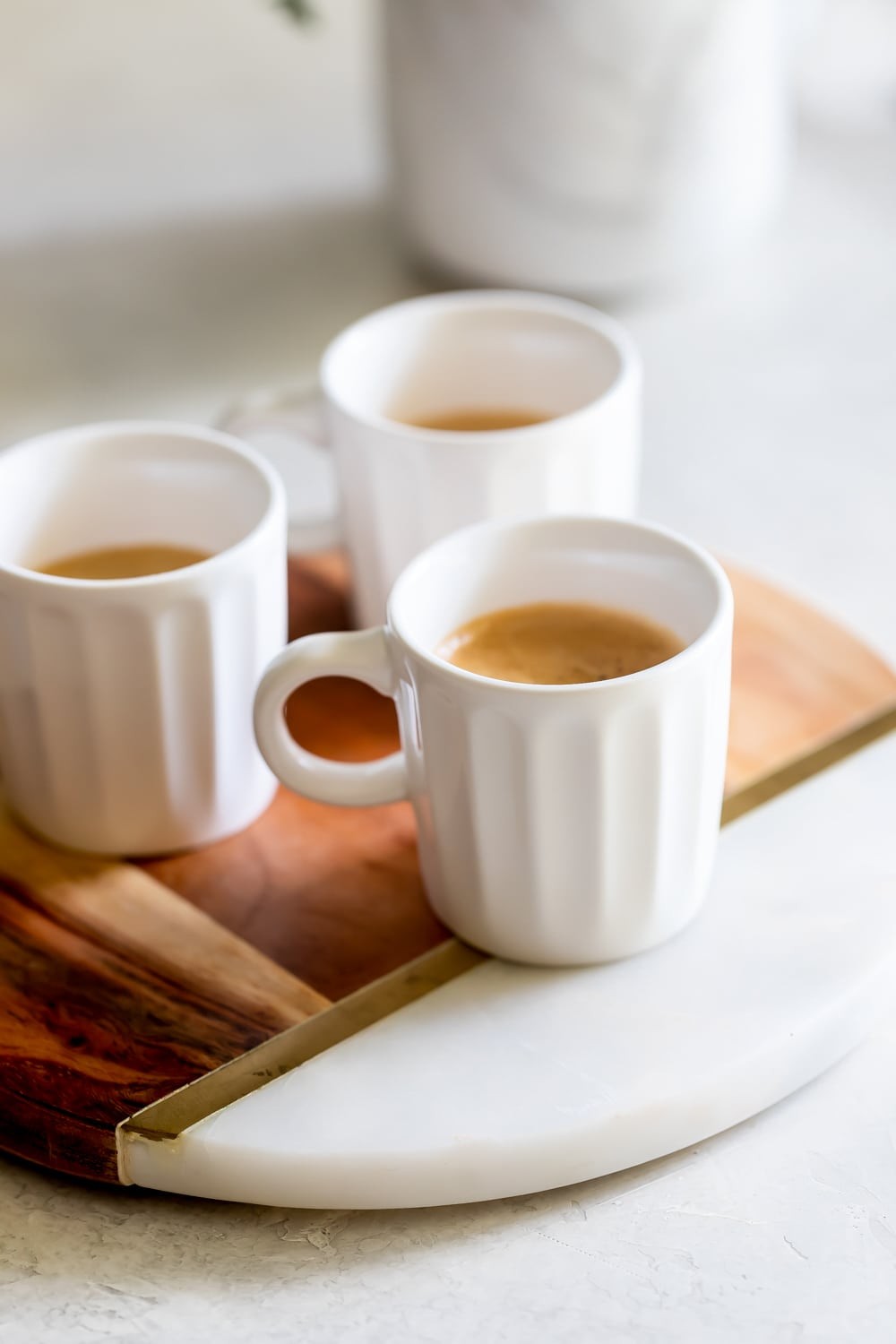 |
| Photo: A Sassy Spoon |
Café cubano, (Spanish: “Cuban coffee”) also called cafecito or Cuban espresso, type of espresso originating in Cuba that has been sweetened with demerara sugar during brewing. It is typically made with dark roasted finely ground coffee beans.
Traditional café cubano is brewed in a cafetera moka, a stove-top espresso maker of Italian origin. The first few drops of coffee are added to a cup containing demerara sugar and beaten vigorously until the mixture turns light brown and a thick espuma ("foam") appears. (Unlike the mechanically produced crema that tops traditional espresso, espuma arises specifically from this characteristic sugar-espresso mixture during the brewing process.) Once the brew is complete, it is poured over the mixture, and the espuma rises to the top. The resulting drink is dark and much stronger than many other coffees.
Café cubano is commonly served in ceramic demitasse cups at home or in restaurants. Styrofoam or plastic cups may be used when the drink is being purchased from ventanitas (walk-up window vendors). Café cubano in larger quantities, typically four to six shot-sized servings, is called a colada. When topped with steamed milk, the drink is known as a cortadito, and café con leche refers to a tall mug containing much more milk than coffee.
6. Ireland: Irish coffee
 |
| Photo: Century Coffee |
The Irish Coffee was born on a typically stormy winters night on the wild west coast of Ireland in 1942.
At that point in the early 1940s the west coast of Ireland, specifically Foynes in County Limerick, was one of the key stop-off destinations for air travel between Europe and the United States and Canada.
On this famous night a passenger plane destined for New York had to turn around, beaten back by Atlantic storms, and return to Foynes before another attempt the next day.
By this stage Foynes had become accustomed to welcoming weary travellers, including many high profile celebrities of the day, and had developed some fine hospitality to show off Ireland’s many wares.
Head Chef Joe Sheridan, upon hearing of the planes imminent return, prepared coffees mixed with brown sugar, whiskey and cream to warm up the cold and tired passengers. After tasting the delightful mixture one of the passengers piped up and asked “Are these Brazilian coffees?” to which Joe replied “No, they’re Irish coffees!” and thus the legend was born.
Joe continued to serve up his special drinks but it wasn’t until travel writer Stanton Delaplane took the recipe back to the Buena Vista Hotel in San Francisco, a few years later, that things really took off.
Since then the drink has become famous worldwide and it’s said that the Buena Vista Hotel continues to serve upwards of 2000 Irish coffees daily!
7. Arab Saudi: Qahwa
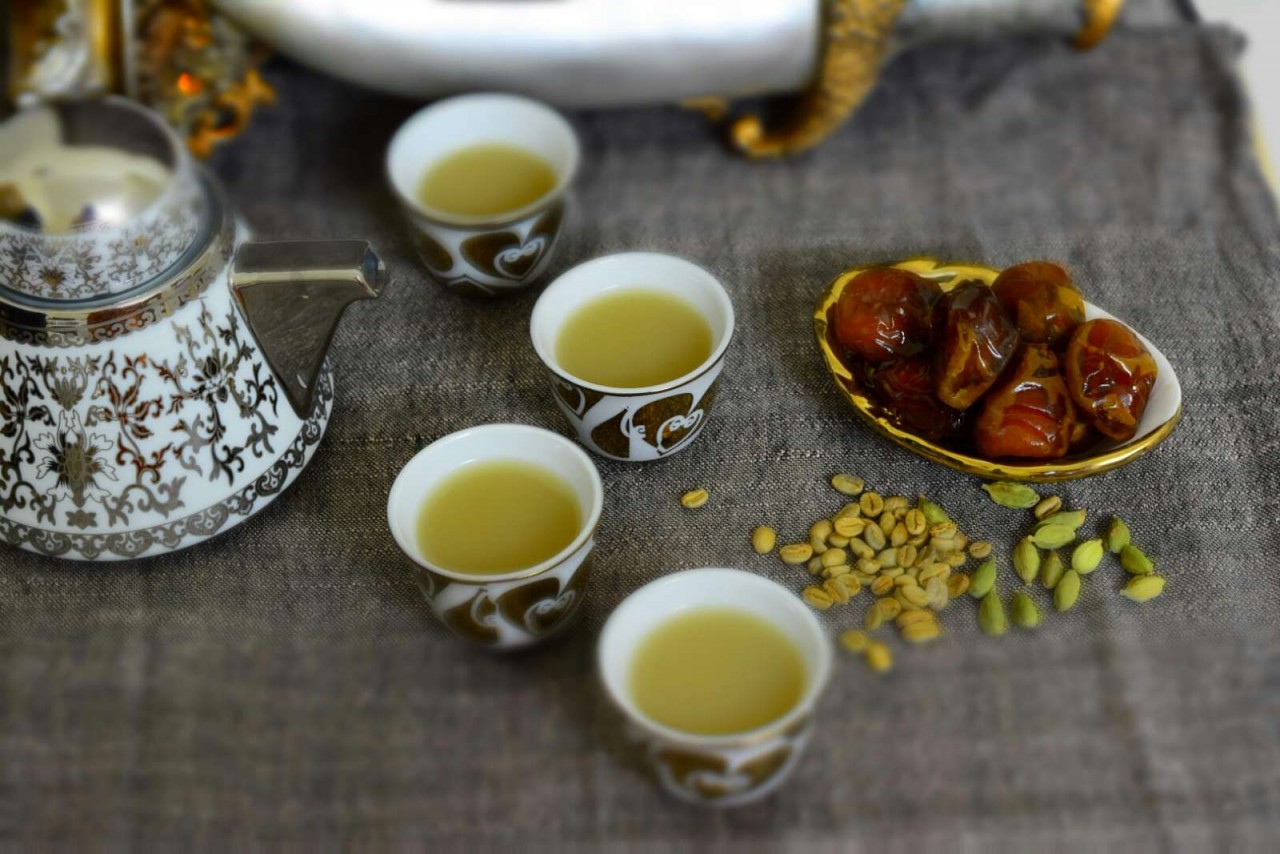 |
| Photo: Archana's Kitchen |
Arabic coffee is a version of the brewed coffee of Coffea arabica beans. Most Arab countries throughout the Middle East have developed distinct methods for brewing and preparing coffee. Cardamom is an often-added spice, but it can alternatively be served plain or with sugar.
There are several different styles to brewing the coffee depending on the preference of the drinker. Some methods keep the coffee light whereas others can make it dark. Arabic coffee is bitter, and typically no sugar is added. It is usually served in a small cup that is adorned with a decorative pattern, known as a finjān. Culturally, Arabic coffee is served during family gatherings or when receiving guests.
Arabic coffee is ingrained within Middle Eastern and Arab culture and tradition, and is the most popular form of coffee brewed in the Middle East. It originated in the Middle East, beginning in Yemen and eventually travelling to Mecca (Hejaz), Egypt, the Levant, and then, in the mid-16th century, to Turkey and from there to Europe where Coffee eventually became popular as well. Arabic coffee is an Intangible Cultural Heritage of Arab states confirmed by UNESCO.
8. Mexico: Café de Olla
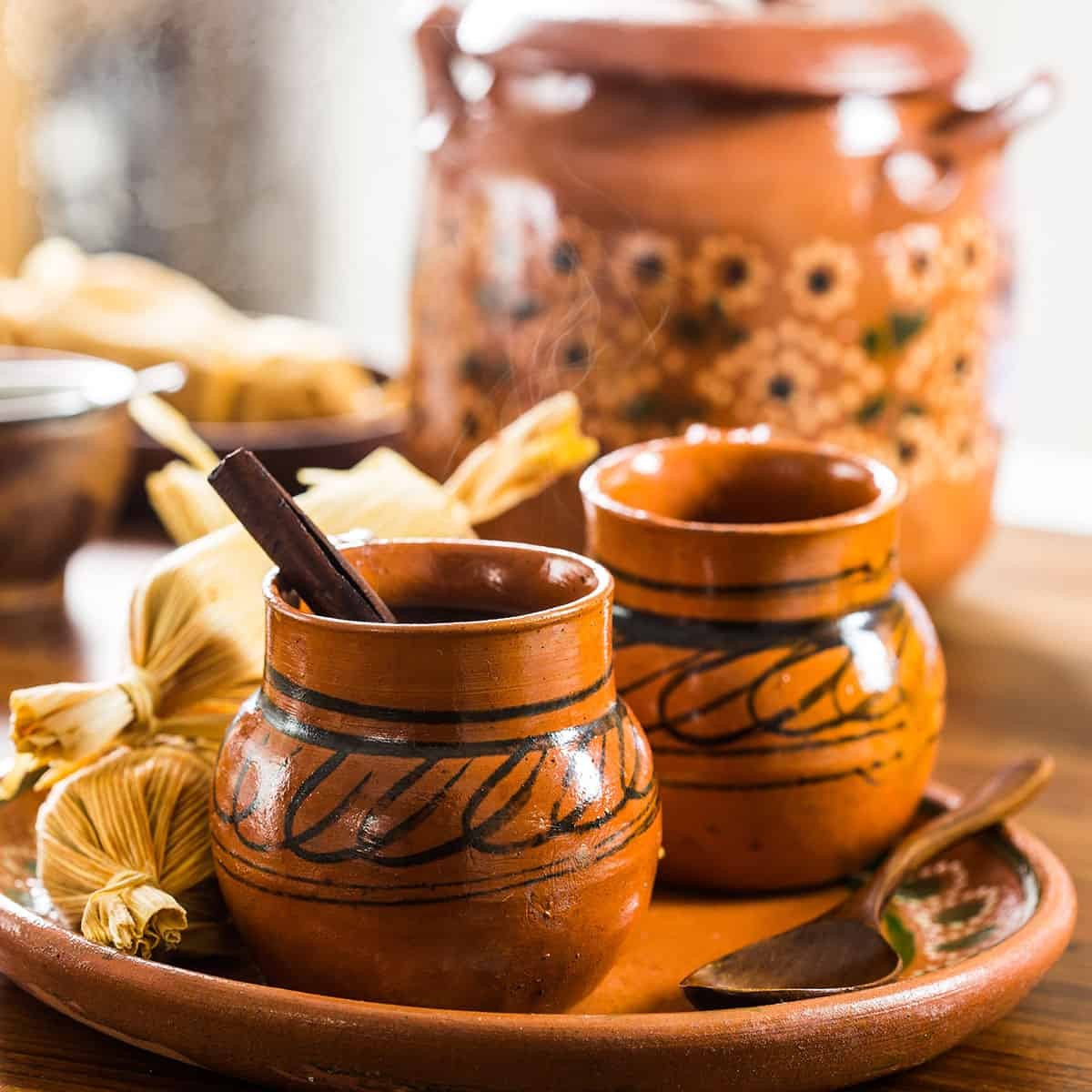 |
| Photo: Maricruz Avalos Kitchen Blog |
Café de Olla is a traditional Mexican coffee spiced with cinnamon, cloves, star anise and sweetened with piloncillo. Made in a Mexican olla de barro, or clay pot, this drink is delicious served as is or with a splash of milk in the morning!
Café de olla is a traditional Mexican coffee sweetened with piloncillo and spiced with cinnamon, cloves and star anise. It’s brewed in an olla de barro, or Mexican clay pot, that gives the coffee a unique earthy flavor. It’s traditionally used for cooking beans, soups and stews, and drinks like this coffee!
Café de olla literally translates to ‘coffee from a pot‘ in English.
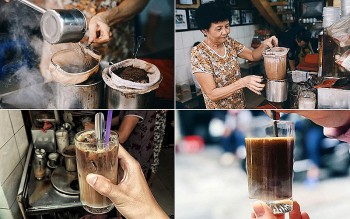 | Ho Chi Minh City Among World’s Best Destinations To Enjoy Coffee: Booking Ho Chi Minh City has one of the world’s most impressive selections of coffee hotspots by a famous travel website named Booking. |
 | Enjoy a Hot Cup of Coffee: Best Coffee Brands in Vietnam Vietnam is not only famous for some of the best beer brands, but also makes many people fall in love with the taste of Vietnamese ... |
 | Vietnamese Craft Coffee Blooming In America, Says Courier Post The American Vietnamese roasts have caught on at a younger generation of Vietnamese cafes and restaurants, whether Sandwich Hag in Dallas or Phinista in Boston. |
Recommended
 Handbook
Handbook
Vietnam Moves Up 8 Places In World Happiness Index
 Handbook
Handbook
Travelling Vietnam Through French Artist's Children Book
 Multimedia
Multimedia
Vietnamese Turmeric Fish among Best Asian Dishes: TasteAtlas
 Handbook
Handbook
From Lost to Found: German Tourist Thanks Vietnamese Police for Returning His Bag
 Handbook
Handbook
Prediction and Resolution for the Disasters of Humanity
 Handbook
Handbook
16 French Films To Be Shown For Free During Tet Holiday In Vietnam
 Handbook
Handbook
Unique Cultural and Religious Activities to Welcome Year of the Snake
 Handbook
Handbook


